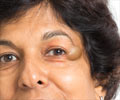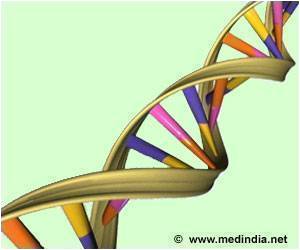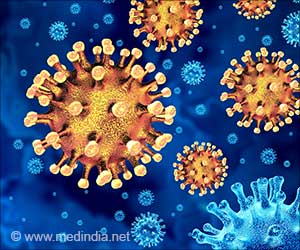Doctors at BLK hospital removed a cyst equivalent to the size of a tennis ball from the right lung of a 45-year-old woman without conducting any surgery.

‘Delhi doctors cleared the cyst using cryoprobe and flushed out the spilled fluids from both the lungs under local anesthesia.’
Read More..




Dr Sandeep Nayar, HoD, Chest & Respiratory Diseases, BLK Hospital, who supervised the procedure said surgical removal of the cyst combined with chemotherapy was the most common form of treatment. However, in this case the patient was very reluctant to undergo surgery and wanted immediate relief from her respiratory distress, he added. Read More..
"After a detailed discussion with the CTVS team and family, we decided against surgery. Instead, we froze the ruptured cyst and removed it from the lung through the mouth without opening the chest. The entire procedure took nearly 45 minutes. If we had opted for surgery, we may have experienced complications, especially during these unprecedented times so it was best avoided.
This is the world's first such procedure of its kind. The patient got instant relief after the procedure and will be on follow-up deworming medication for the next three months," Dr Nayar informed.
Ruhi-Un-Nisa from Srinagar was admitted to the hospital with severe breathlessness and constantly felt a salty-bitter taste in her mouth. The doctors suspected the symptoms were caused by a ruptured Hydatid cyst.
"She showed initial symptoms and discomfort in July this year when she spit blood while coughing. A CT scan of her chest revealed a cyst with dimensions of 43 X 35 mm in the superior segment of the lower lobe of her right lung. She underwent bronchoscopy procedure thereafter in Srinagar. However, her condition deteriorated and she went into respiratory distress," Dr Nayar said.
Advertisement
"Her bronchoscopy revealed some whitish membranous structure inside her lung. This was one of a rare case of Hydatid cyst whose removal was a challenge due to its positioning. These membranes are so fragile that they tend to break easily on clasping, Dr Nayar explained.
"We flushed out the spilled fluids from both of her lungs and excised the ruptured membrane of the cyst. The membrane was frozen with the help of cryoprobe and extracted through her mouth. It was done by bronchoscope while the patient was under local anaesthesia. We repeated the procedure after four days and ensured that the lung was completely cleared of the cyst. The patient is now much better and almost without symptoms," Dr Nayar said.
"This is the first time that she slept well after more than two months. She slept for 14 hours after the treatment," he added.
The Hydatid cysts formed by the larvae of tapeworms are known to trigger an extreme life-threatening allergic reaction in some patients. Humans are accidental hosts of the long tapeworm and become infected by handling soil, dirt or animal hair that contains its eggs.
Sac-like structure grows to 5 to 10 cm in size within the first year and can survive within the human body for years without showing any significant symptoms. These cysts sometimes become so large that after several years or even decades, they may contain several litres of fluid.
The highest occurrence of Hydatid cysts was found in the states of Andhra Pradesh, Tamil Nadu and Jammu and Kashmir.
These were caused by the larvae of a long tapeworm (Echinococcus granulosus) found in animals like dogs, sheep, cattle, goats and pigs. The most common sites of occurrence inside human beings were the liver (55-70 per cent) and lungs (18-35 per cent). Unusual sites could be kidneys, heart, spleen, brain, ovaries, (8-10 per cent).
Source-IANS












